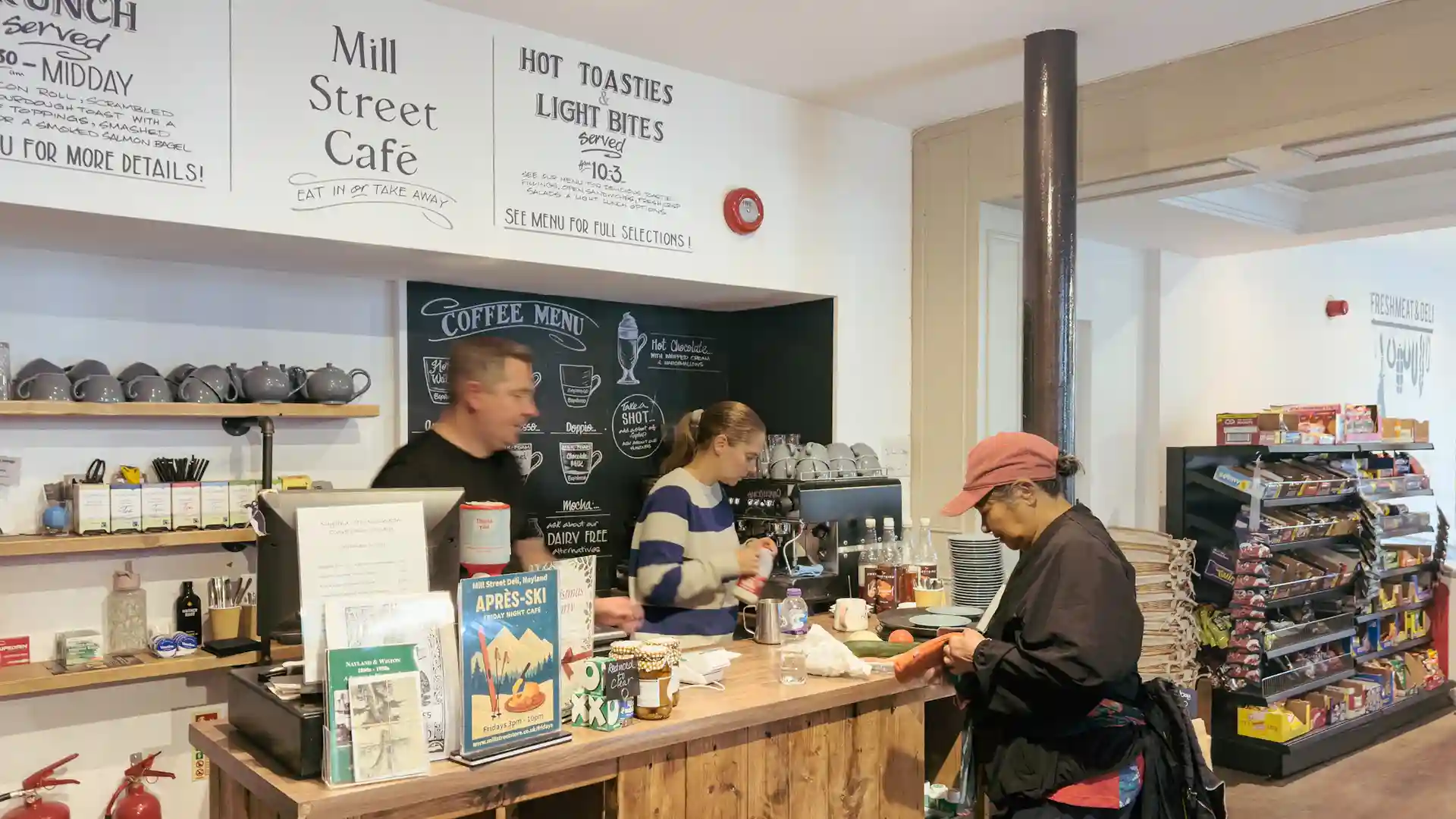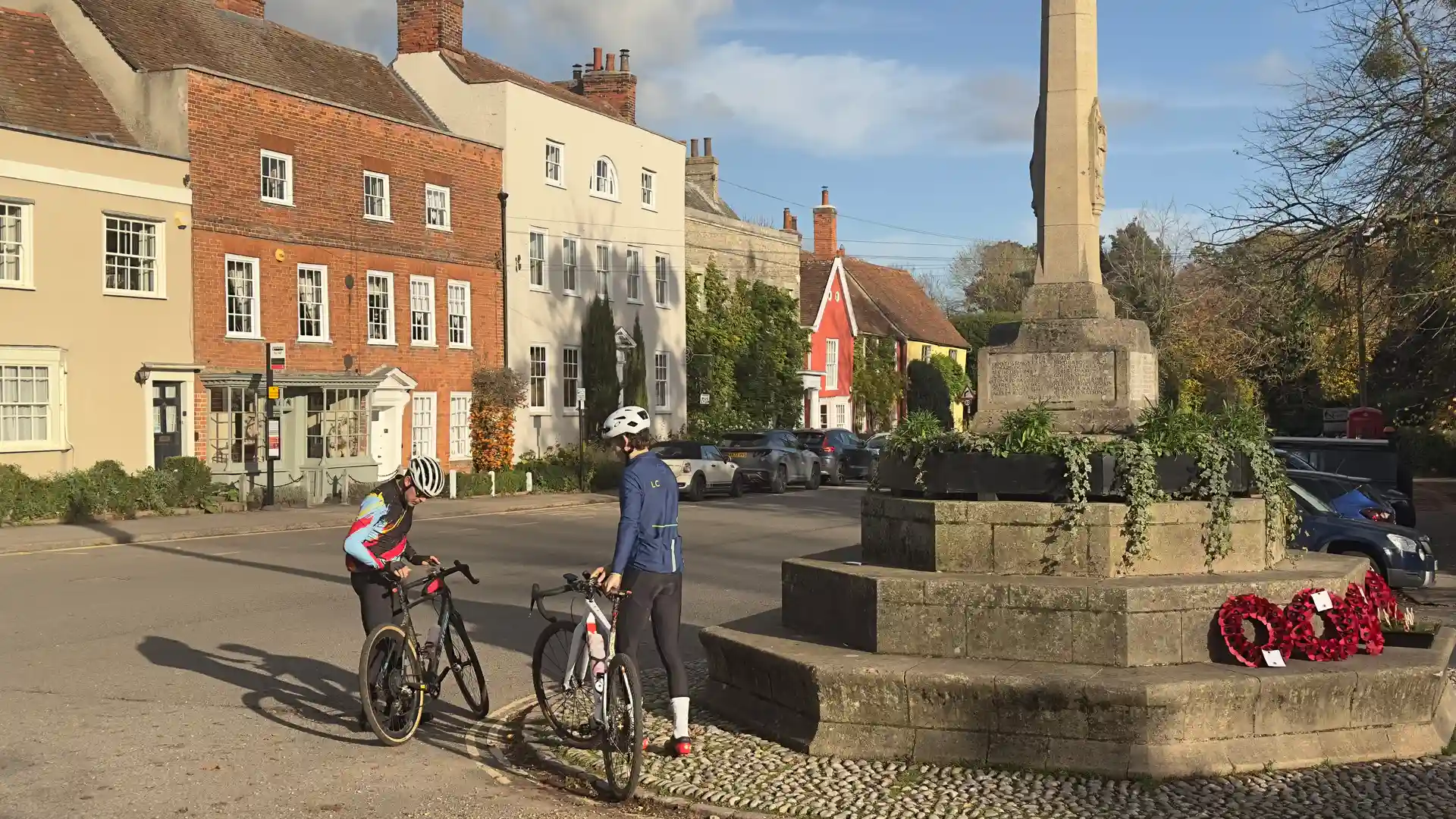
Adventure Travel News – 14 November 2025
East of England Unites Around Nature, Trails, and Local Tourism
News

This week, collaboration takes centre stage across the East of England. Regional trail networks move closer to national integration, new partnerships emerge between tourism boards and conservation groups, and local destinations highlight how joined-up thinking can support both communities and the countryside.

A new “Trek, Treat, Repeat” initiative encourages visitors to explore countryside routes that connect local cafés, farm shops, and producers. The project highlights a series of “grazing walks” — scenic trails designed to promote local food and slow tourism.
This blend of walking and local dining brings new life to rural high streets and aligns perfectly with Suffolk’s emerging slow-travel identity — one where exploration nourishes both traveller and community.

Visit East of England reports continued growth in visitor numbers, particularly for nature-based and heritage travel. National data from VisitBritain also shows £336 million in tourism spend generated outside London, with the East among the leading regions.
The data confirms growing demand for authentic, regional experiences — exactly the kind offered by self-guided walking and outdoor holidays in counties like Suffolk and Norfolk.

Regional mayors across England have backed a proposal to create a joined-up national active-travel network, linking local walking, cycling, and wheeling routes into one cross-country system. The plan aims to connect everyday community paths with long-distance trails, making it easier for people to move between towns, villages, and countryside without relying on cars.
The East of England’s flat, accessible terrain makes it a natural cornerstone of this emerging network — with routes such as the South Suffolk Cycle Route, the Stour Valley Path, and Essex’s coastal trails all positioned to form key links in a wider web of self-guided adventure.